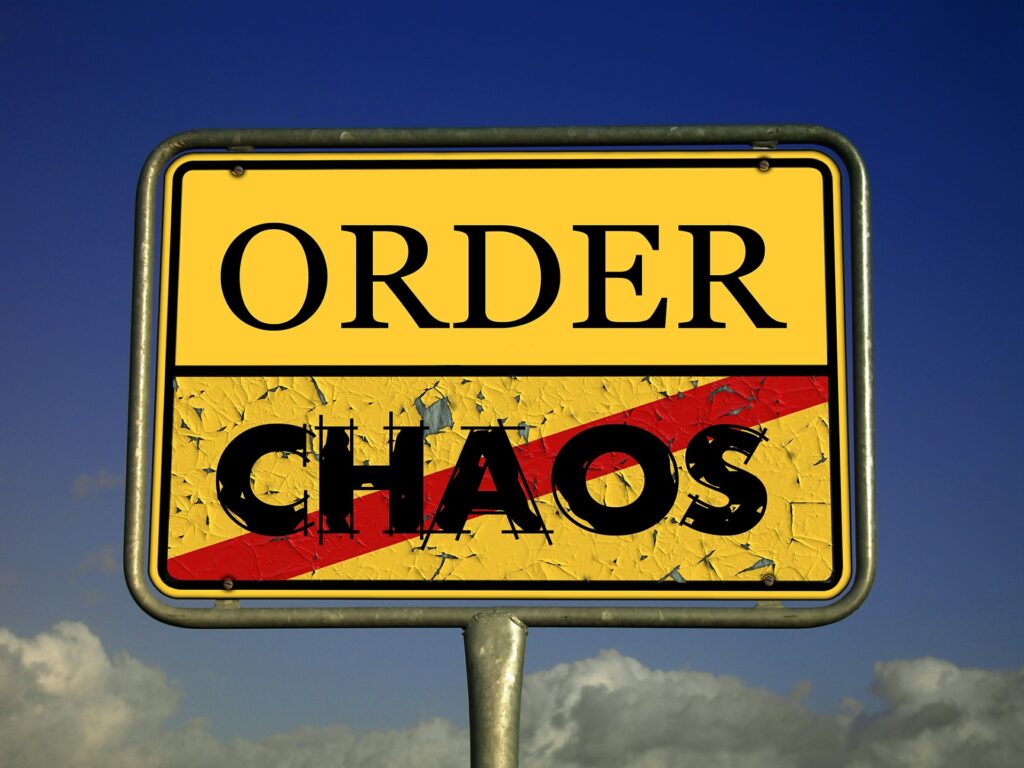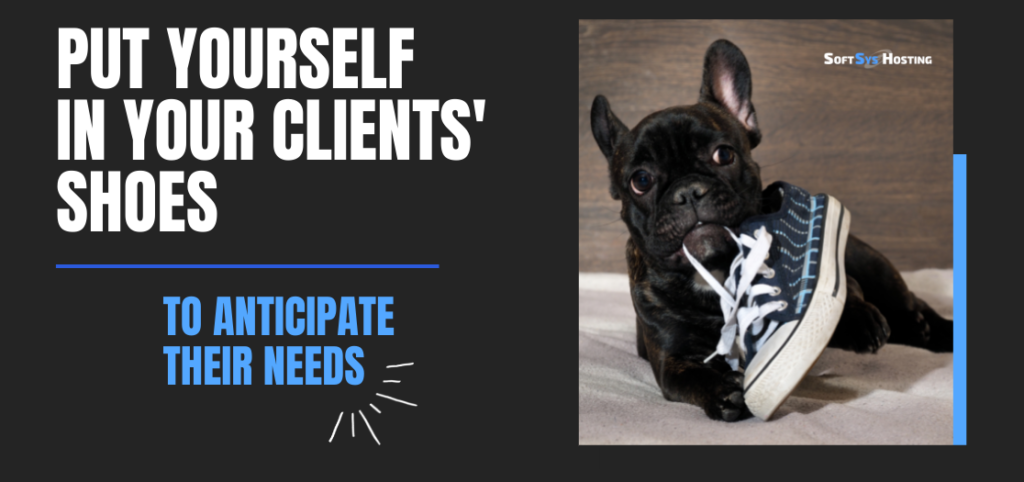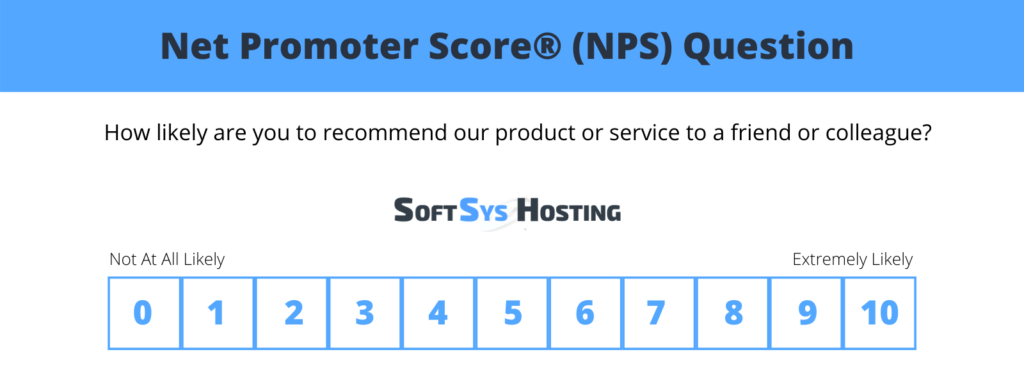Sales/Support: +1-862-214-2255
Tag: customer loyalty
Is a Loyalty Program Must-Have for Customer Retention and Business Profitability Growth?
In the ever-evolving landscape of business, where customer choices abound, the challenge isn't just acquiring new customers but keeping them. This is where the importance of a well-crafted loyalty program becomes evident. Beyond the allure of discounts and points, a loyalty program is a strategic tool that ...
How to Create an Effective Customer Loyalty Program: A Guide for Businesses
In today's competitive business landscape, customer loyalty plays a crucial role in the success and growth of any company. Building a loyal customer base not only leads to repeat business but also generates positive word-of-mouth recommendations and enhances brand reputation. One effective way to foster customer loyalty ...
How To Create a Successful Customer Service Strategy?
Customer service is not just about meeting the needs of your customers—it is about exceeding their expectations. A good customer service strategy is one that considers your company's strengths and weaknesses as well as the needs, preferences, and demographics of your target market. This requires careful planning ...
How to Engage Clients and Make Them Coming to You More Often?
There is a saying: "Give a man a fish and you feed him for a day. Teach a man to fish and you feed him for life." The same is true when it comes to your clients. You cannot make them come to you repeatedly by doing ...
A Few Bad Behaviors That Are Harming Your Business And Ways To Fix Them
Behavior is a way of learning to do something: this could be used productively or in the inefficiently way. We will focus on the bad behaviors that are harming your business and ways to fix them to succeed.
There are diverse types of companies. So we cannot measure them ...
How To Deliver Outstanding Customer Experience To Your Clients
Great and fair attitude is most people need to succeed in life. EQ is becoming more popular than IQ today: this is because customers have shown they really care about the treatment they receive from businesses they interact with or vendors.
Outstanding customer experience could accomplish giving the ...
Tips to Upsell and Cross-Sell: Easy Ways to Boost Revenue
Kindness is the key to approaching anyone, hence when it comes to the words ‘upsell’ and ‘cross-sell’ we imagine pushing people, trying to convince someone to purchase more than they intend.
We will overview both upselling and cross-selling strategies, how they can help us to boost revenue in ...
How To Anticipate Client Expectations and Gain Their Attention
Building a relationship with your clients is key to long-term success. One of the best ways to build a strong relationship with your clients is by anticipating their expectations and then delivering on them.
Don't be mistaken! There's no one-size-fits-all approach to keeping clients happy - but there ...
7 Ways To Improve Customer Loyalty and Retention
Customer loyalty and retention play a key role in the success of any business.
But how can you build customer loyalty? What are some of the strategies to turn customers into your biggest advocates? We've got answers to these questions and more!
This blog post will teach you ...







